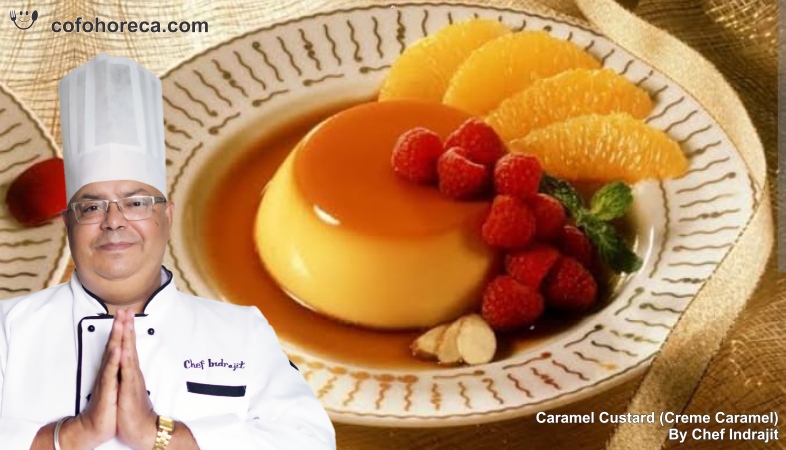SHARE
Commercials
More Posts
Mar 17, 2025
Caramel Custard (Creme Caramel) - By Chef Indrajit
Apr 18, 2025
Cheese Paniyaram - By Chef R. Vijayan
Jun 17, 2025
Rose Petal Jam Gulab Jamun - By Chef Rajat Ranjeet
Jun 14, 2025
Essential Skills Every Front Desk Agent Should Have
Mar 17, 2025
Caramel Custard (Creme Caramel) - By Chef Indrajit
Apr 18, 2025
Cheese Paniyaram - By Chef R. Vijayan
Jun 17, 2025
Rose Petal Jam Gulab Jamun - By Chef Rajat Ranjeet
Jun 14, 2025
.png)




























